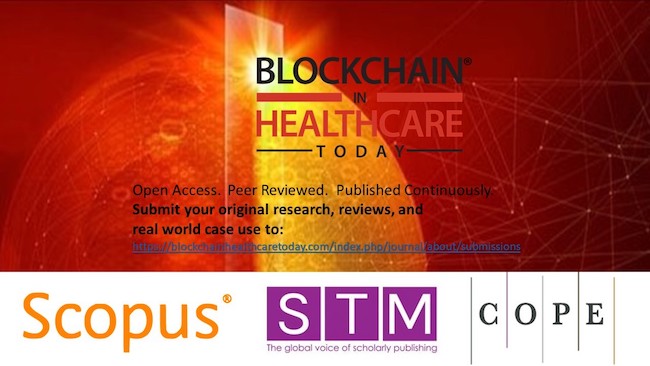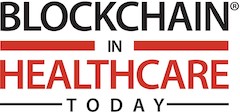What role and purpose will businesses accept to impact the social contract, and how might consumer and provider empowerment might bring change to healthcare business models using technology?

The Partners in Digital Health blockchain in healthcare and telehealth portfolio both reflect and set trends in the marketplace. Here are a few trends and current issues to ponder.
Cost, place, and preference have prioritized the care at home care and care transitions as aging populations and a looming healthcare worker shortage impact the US health system, where virtual care presents an opportunity to build long term resilience into system.
Adopting Zero Trust Architecture to enhance security across agencies and businesses must quickly be adopted, following the executive order on improving the Nation’s Cybersecurity (EO 14208). If you’ve been hacked recently, you understand the urgency.
A fully realized digital 3D world (Web3/Metaverse), creating virtual holographic experiences, including digital twins that operate in real-time, must be created for secure use. Healthcare is at the forefront with medical education initiatives and holoportation. Ambient AI, or real-time human perception technology, that enables intelligent environments is an area where technology can anticipate and respond to people’s needs, customize and forecast behaviors across the continuum of care – and reduce the cost of care. Compliant AI-powered conversational patient intake can also increases time and quality time engagement with patients.
Diversity and inclusion present new market opportunities for drug discovery, startups, apps, payment models, cross boarder collaborations, market investment and more. Pandemics teach us there are significant differences in patient populations with sexual, cultural, age, and geographic diversities to consider.
The cash economy in healthcare is on the rise. A retail health revolution is occurring where employers give their employees cash instead of health insurance. Consumers pay cash for drugs and services that are cheaper than those covered through insurance – and participants don’t have to deal with system bureaucracy.
Price transparency for health insurance market plans to make hospital pricing transparent for patients to compare costs for care is embraced by 85% of Americans. Consumers believe cost cutting and improving quality through transparency should be a priority. Site neutral payments are another way to level the playing field and could save the USA as much as $350 billion over the next decade.
Cryptography and applying quantum mechanics for uncrackable code for two parties to interact securely. The US is teetering on losing its competitive edge and may have already.
Blockchain will improve how the public interacts with government services and will have broad economic and social implications. Global health passes and interoperable permissioned global networks are examples and only the beginning of the wave impacting healthcare.
At ConV2X, just about every facet of blockchain technology is explored including cybersecurity and quantum computing, patient experiences, credentialing, data ownership, Metaverse, NFTs, DAOs, TradFi, privacy protection, joint workflows and processes, inventory management, fraud, chargebacks, precision medicine, zero trust frameworks, standards and more.
A real revolution of borderless interoperability, led by consumers, activists and pioneers, challenging market integrity and sensibilities is well underway.
For more information visit
Blockchain in Healthcare Today (https://blockchainhealthcaretoday.com/index.php/journal) journal, or
ConV2X Blockchain in Healthcare 2022 (https://conv2xsymposium.com/registration/) event
Telehealth and Medicine Today (https://telehealthandmedicinetoday.com/index.php/journal) journal, or
ConV2X Telehealth 2022 (https://telehealth2022.conv2xsymposium.com) event
